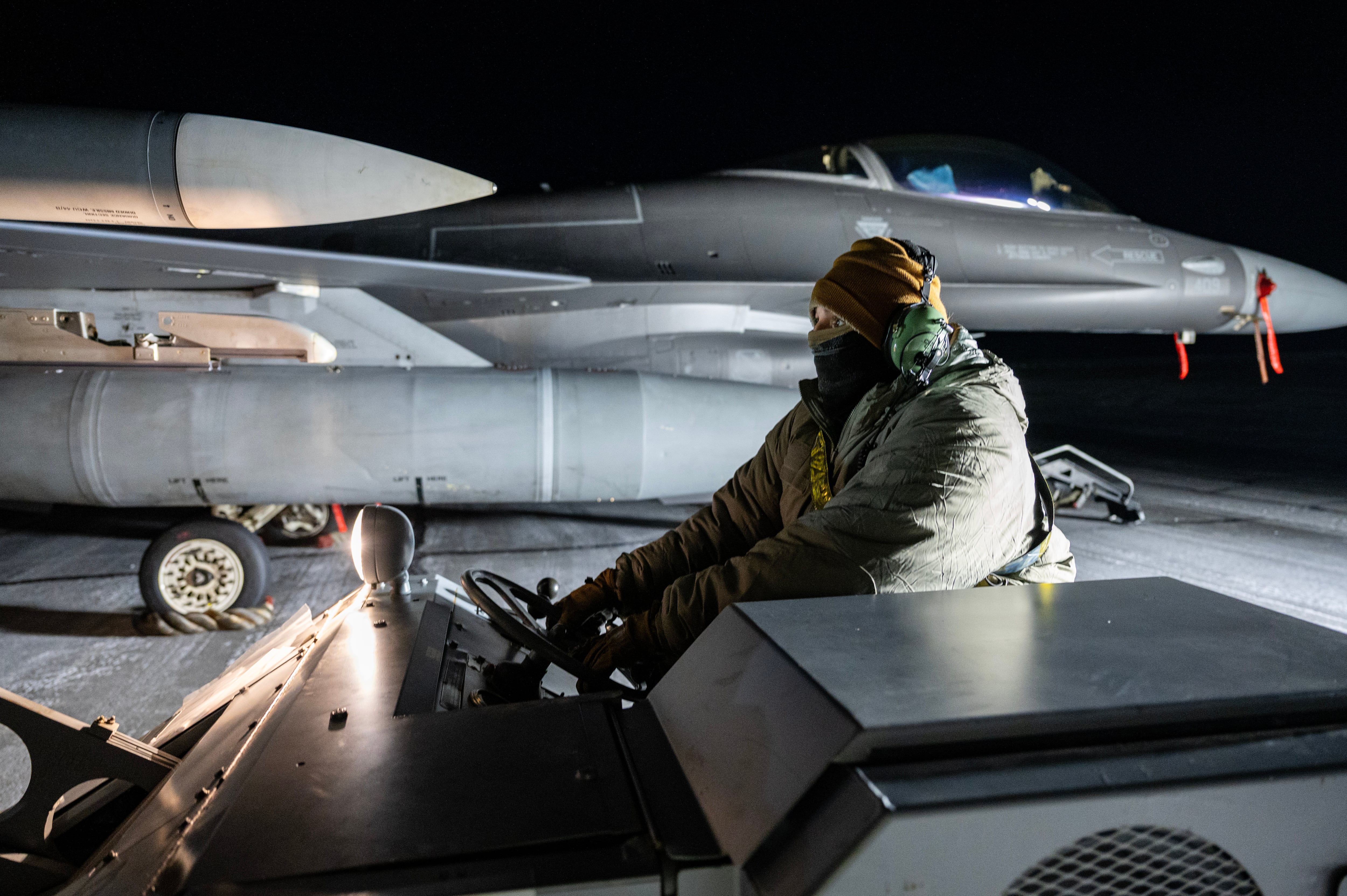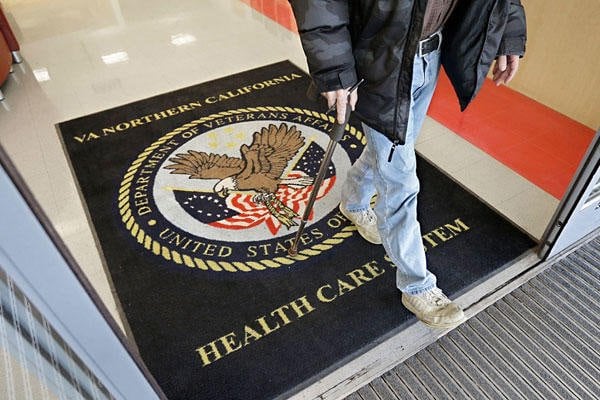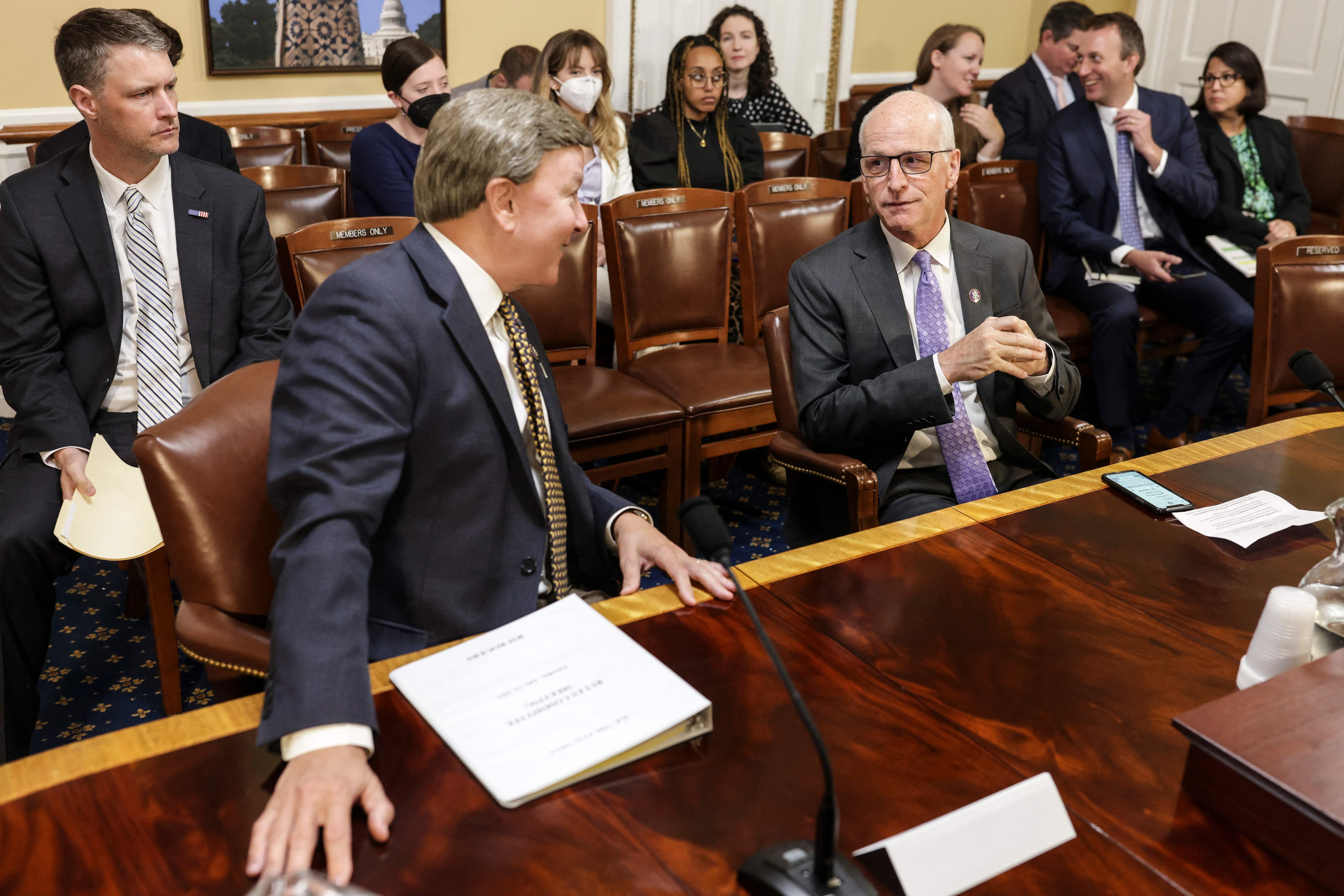Nine-year-old Gabby Rodriguez admitted that speaking in front of a large crowd of military advocates was scary, but not as frightening as watching her dad’s seizures.
“When my dad has seizures, I know how to use his phone to call for help,” she recalled, speaking through a bedazzled mask as her six-year-old sister, Ava, stood nearby twisting a blanket doll in her hands. “I still have nightmares about the first time he had one.
“I need to sleep close to my parents on those nights.”
Jorge Rodriguez, a Marine who served in Iraq, survived two roadside bomb blasts during his deployment but today suffers from traumatic brain injury, post traumatic stress disorder, and a host of other injuries.
Although his wife, Jessica, is his primary caregiver, his two daughters help where they can, even though they don’t fully understand everything that happened to him years before they were born.
RELATED
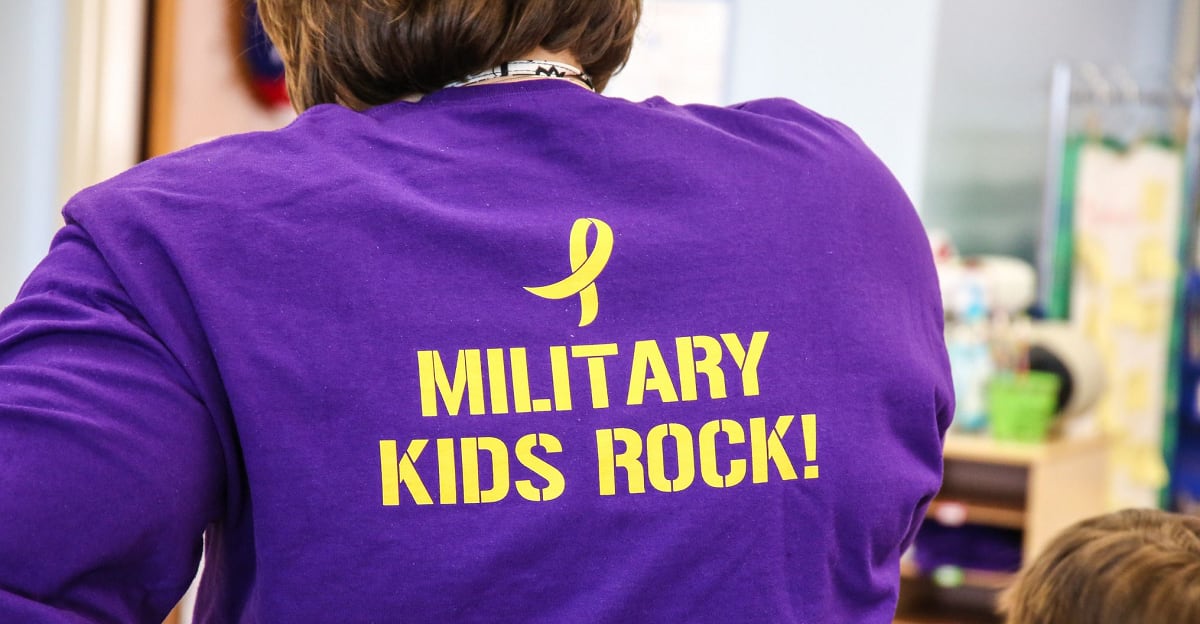
Gabby said she likes to cook pancakes on Sundays to give her parents a break, and warns her sister when “the weather” is bad, their own code for gauging how their father is feeling.
About 2.3 million children under the age 18 in America today are living with a disabled veteran, according to new research from the Elizabeth Dole Foundation. On Wednesday, White House officials unveiled a new “Hidden Helpers” effort on Wednesday designed to better support those kids, saying that their sacrifices and suffering deserve national attention too.
“We can’t shield our caregiver kids from the reality of war or its aftermath,” said first lady Jill Biden in an East Room ceremony announcing the new partnership. “But we can recognize the costs last long after our troops come home, and that injuries can be felt throughout generations.
“We can celebrate caregiver kids’ strength and resilience. And we can and we must give our military and veteran caregiver families everything they need to care for their wounded warriors with compassion, dignity, and love.”
The Hidden Helpers Coalition, which already has commitments from 60 partner organizations — including the White House’s Joining Forces campaign — will include a Department of Defense and Department of Veterans Affairs initiative focusing on transition support for military children and the development of new “toolkits” for families, educators and other adults who see those children struggling with the weight of a parent’s injury.
Wounded Warrior Project has pledged $1.5 million to build off the research of the Dole Foundation into the effects of military injuries on children, and both organizations will co-chair the effort to identify ways to help improve support services.
RELATED
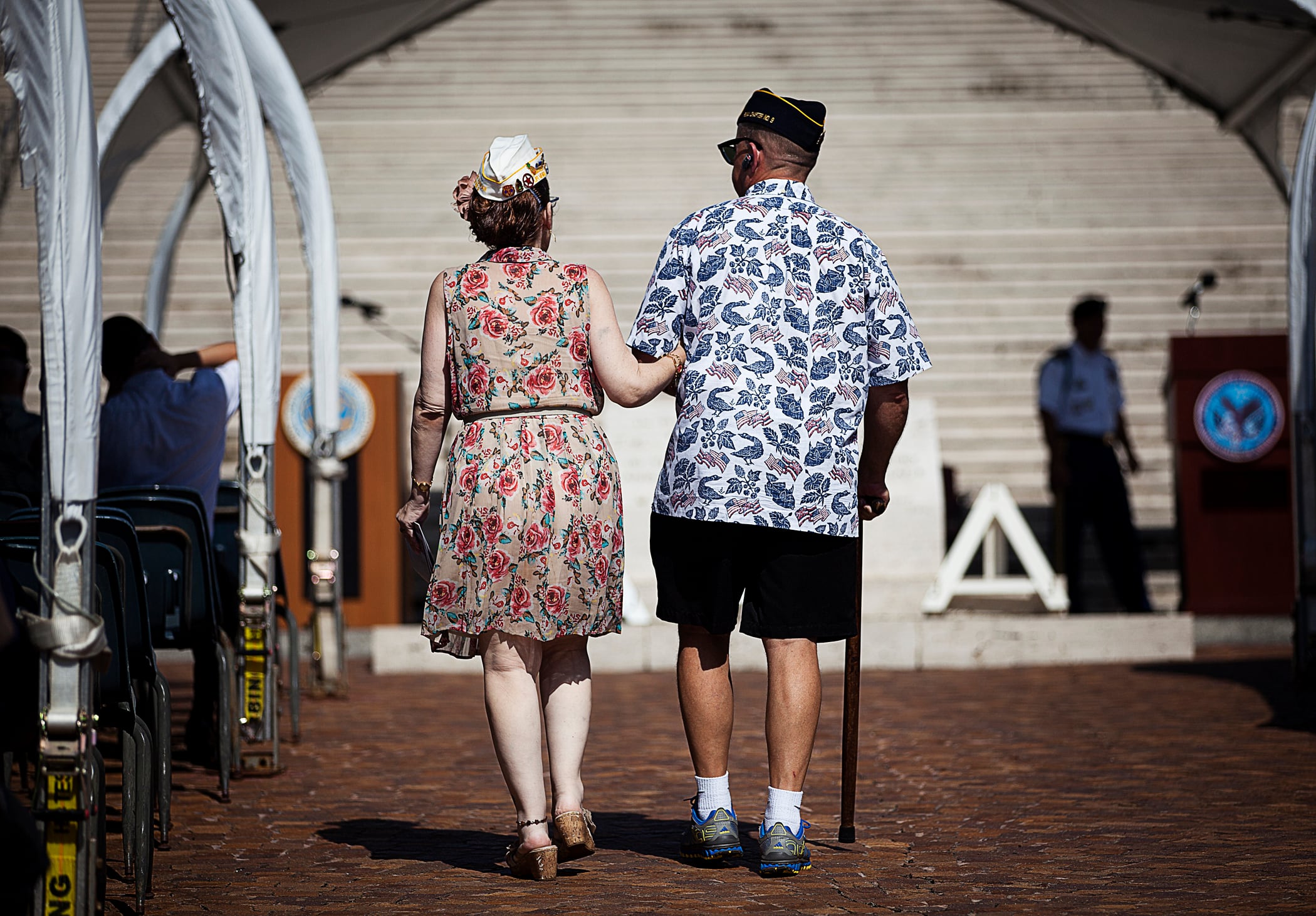
Groups like the Sesame Workshop and the Military Child Education Coalition will also work to develop some of those new resources, alongside private-sector companies, charities and government agencies.
“These are kids whose young lives have been suddenly interrupted and forever changed,” said former Sen. Elizabeth Dole, whose foundation focuses on veteran caregiver support. “”Their innocence is lost as they watch a parent care for the types of wounds that only come from war.
“Their precious time with mom or dad is cut short. They miss out on their childhood, trading in the milestones and special moments to help with caregiving … Let’s relieve them of their mountains of stress and worry.”
Coalition officials said they will announce more steps in the months to come. On Wednesday, Gabby’s speech to the White House crowd — which featured not only the First Lady but also the Secretaries of Defense and Veterans Affairs — drew loud applause, some of which appeared to frighten her younger sister.
But both girls stayed on stage to make sure they could finish their speech.
“We knew we needed to be brave and stand on this stage to let every caregiver know that they’re not alone,” Gabby said. “So many kids feel lonely because they think they’re the only ones with an injured parent and a caregiver parent.”
Leo covers Congress, Veterans Affairs and the White House for Military Times. He has covered Washington, D.C. since 2004, focusing on military personnel and veterans policies. His work has earned numerous honors, including a 2009 Polk award, a 2010 National Headliner Award, the IAVA Leadership in Journalism award and the VFW News Media award.

